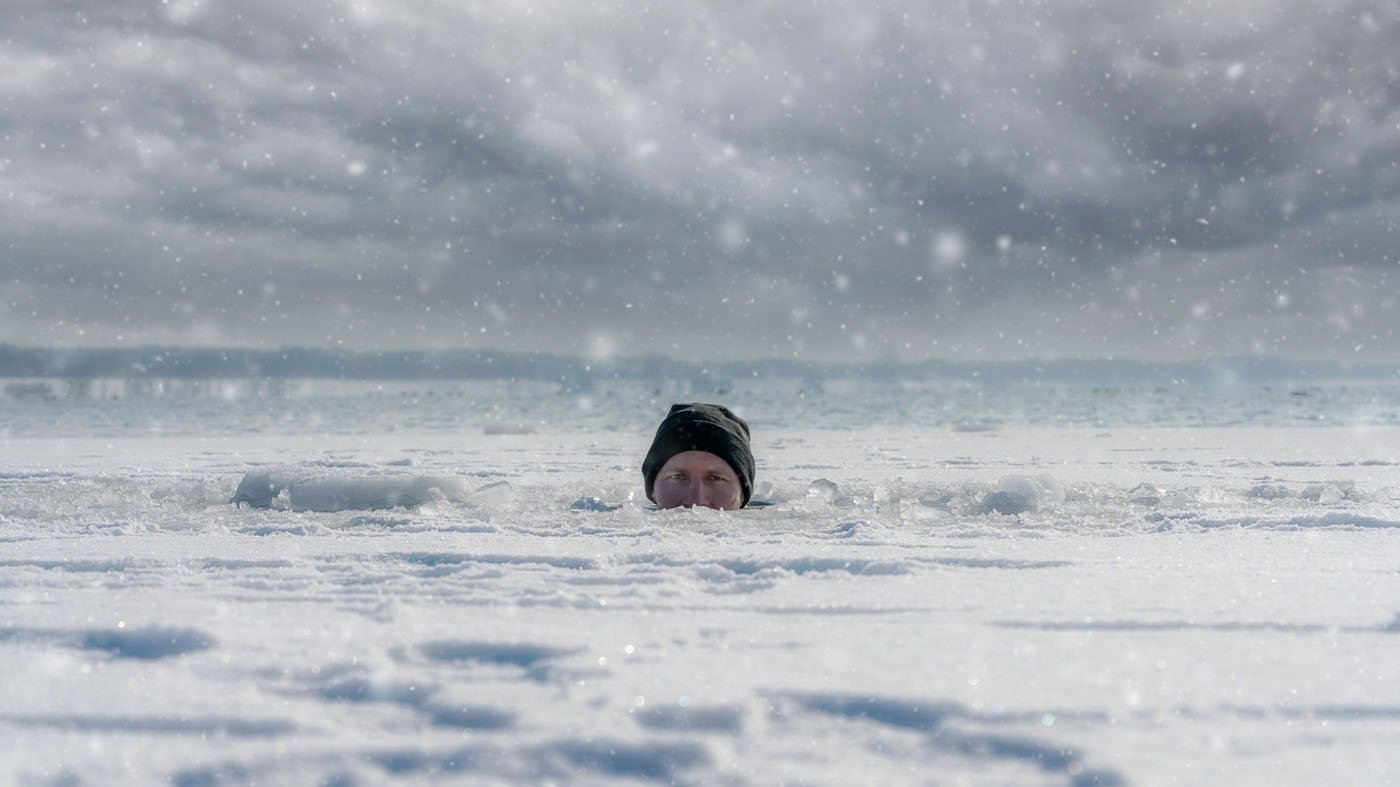Cold Exposure Modalities and Associated Benefits
Exploring the Benefits of Ice Baths, Cold Plunges, and More

Cold exposure, also known as cold therapy or cryotherapy, is the practice of exposing the body to low temperatures for a short period of time. Cold exposure can be done in various ways, such as taking cold showers, ice baths, cold plunges, or using cold packs, ice vests, or cryogenic chambers. Cold exposure has been used for centuries by different cultures and traditions for its health and wellness benefits. This article will explore some of the main benefits of cold exposure and how to incorporate it into your daily routine.
One of the most well-known benefits of cold exposure is that it boosts your metabolism and helps you burn more calories. This is because cold exposure activates brown adipose tissue (BAT), also known as brown fat, which is a type of fat that generates heat by burning calories. BAT is especially abundant in newborns and hibernating animals. Still, adults also have some BAT in their neck, shoulders, and chest. By exposing yourself to cold, you can stimulate your BAT to produce more heat and use up more energy, thus increasing your metabolic rate and helping you lose weight12.
Another benefit of cold exposure is that it reduces inflammation and improves your immune system. Inflammation is the body’s natural response to injury, infection, or stress, but chronic inflammation can lead to various diseases and impair your health. Cold exposure can help lower inflammation by constricting blood vessels and reducing blood flow to the inflamed areas, thus alleviating pain and swelling. Cold exposure can also enhance your immune system by increasing the production of white blood cells, which fight off infections and diseases. Cold exposure can also stimulate the release of norepinephrine, a hormone and neurotransmitter that has anti-inflammatory and immunomodulatory effects34.
A third benefit of cold exposure is increasing your energy and focus. Cold exposure can activate the sympathetic nervous system, responsible for the fight-or-flight response. This can increase your heart rate, blood pressure, and oxygen consumption, thus making you more alert and energized. Cold exposure can also boost your mood and motivation by triggering the release of endorphins, dopamine, and serotonin, which are neurotransmitters that regulate happiness, pleasure, and reward. Cold exposure can also improve your cognitive performance by enhancing your memory, learning, and creativity54.
You can choose from different types of cold exposure modalities, depending on your preference and availability. Some of the most common ones are:
- Cold showers: The simplest and most accessible way to practice cold exposure. You can start by taking your normal shower and gradually turning the temperature down until it is as cold as you can tolerate. Aim for at least 30 seconds of cold water at the end of your shower or longer if you feel comfortable. You can do this every day or every other day, preferably in the morning or before bed.
- Ice baths: This is a more intense and effective way to practice cold exposure. You can fill a bathtub or a large container with cold water and ice cubes and then immerse yourself in it for 10 to 15 minutes. You can do this once or twice a week. You can also use a cold plunge pool or a natural body of water, such as a lake or a river if you have access to one.
- Cold packs or ice vests: This is a more convenient and portable way to practice cold exposure. You can apply cold packs or ice vests to your body, especially in areas where you have more BAT, such as your neck, shoulders, and chest. You can wear them for 20 to 30 minutes once or twice a day, preferably before or after a meal or a workout.
- Cryogenic chambers: This is the most expensive way to practice cold exposure. You can use a cryogenic chamber or a cryosauna, a device that exposes your body to extremely low temperatures, ranging from -110°C to -190°C, for 2 to 4 minutes. Supervision by a professional is required. In addition, water penetrates 25 times more than air; therefore, the benefits of cryogenic chambers are not as effective or robust as exposure to cold water immersion therapy.
To properly recover and reheat after cold exposure, you should avoid using external heat sources, such as hot showers, heaters, or blankets. Instead, you should rely on your own body heat and movement to warm yourself up. You can do light exercises like jogging, jumping, stretching, or drinking warm water or tea. You should also dress appropriately and avoid sweating too much, which can cause dehydration and electrolyte imbalance.
Cold exposure is generally safe and beneficial for most people, but there are some precautions and contraindications that you should be aware of. You should consult your doctor before starting cold exposure if you have any medical conditions, such as heart disease, high blood pressure, diabetes, or Raynaud’s syndrome. You should also avoid cold exposure if you are pregnant, have a fever, or have an open wound or infection. You should also start slowly and gradually, listen to your body, and stop if you feel discomfort, pain, or numbness.
Cold exposure is a powerful and natural way to improve your health and well-being. Exposing yourself to cold can boost your metabolism, reduce inflammation, enhance your immune system, increase your energy, and improve your mood and cognition. You can choose from different cold exposure modalities, such as cold showers, ice baths, cold plunges, or cold packs, and incorporate them into your daily routine. Cold exposure can help you become more resilient, adaptable, and healthy, so why not give it a try?
Dr Jess Tranchina,
Doctor of Physical Therapy and Founder of Generator Athlete Lab, where we have the only Health Department and FD approved, medical grade, safest and cleanest cold plunge in the industry.






